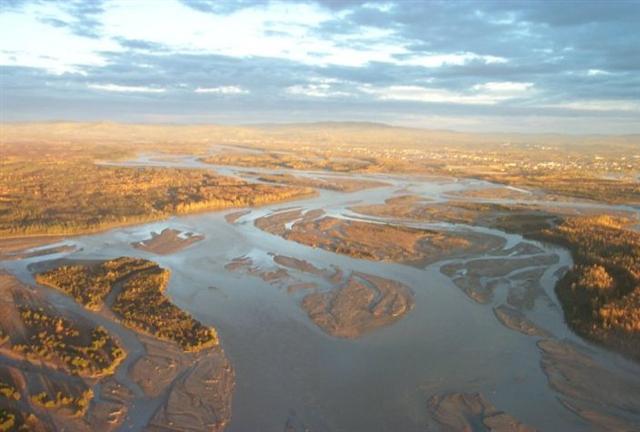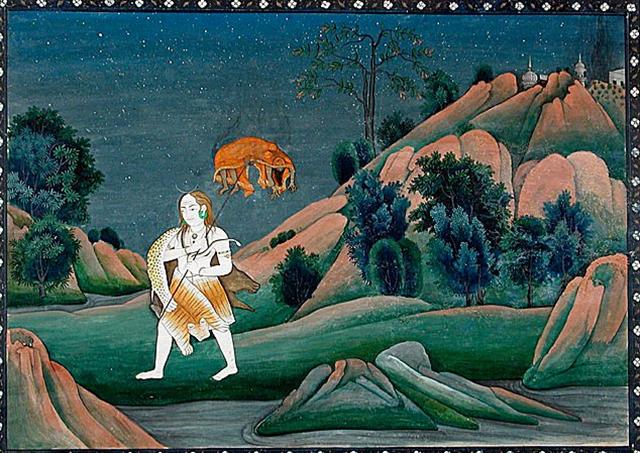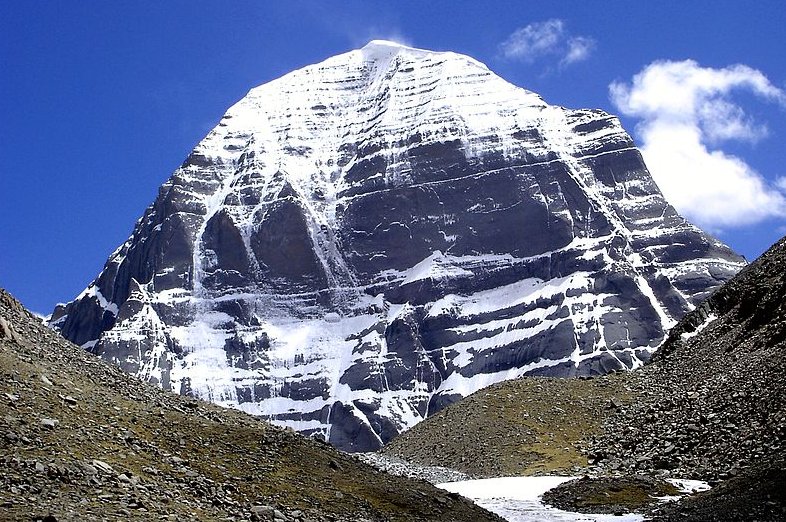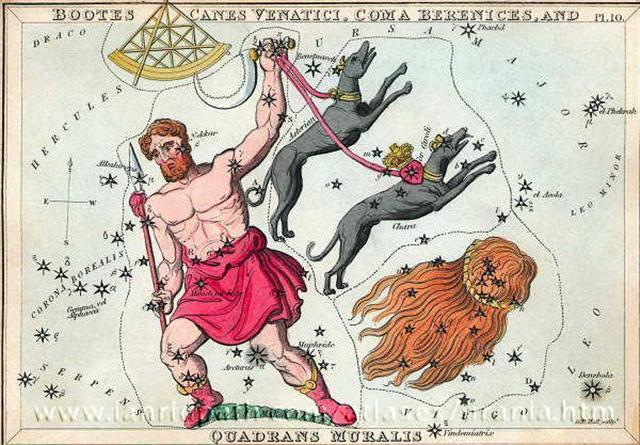|
4. In Sweden Tjugondedag Knut is celebrated 20 days beyond X-mas. The 'binding' (or 'braiding together') which presumably was associated with the 3 stars Apami-Atsa, Diadem, and Al Dafirah is in day 280 (October 7) and thus 20 days beyond the birth of summer south of the equator:
The 'binding' (for the purpose of tucking away) of the old year comes, we have deduced, 20 days after the birth of the new year. In Ga5-5 a henua sign is in front and at the back side are 3 mata, suggesting these perhaps are representing winter. The golden tresses of Berenike were braids:
... inspired the court poet Callimachus of Cyrene to write a poem entitled Βερενίκης πλόκαμος (Greek 'Berenice's braid') ... The word braid is used figuratively for how at some places a river is undulating in a complex pattern together with earth:
Where earth and water mingle there is great fertility. On a Pacific island the corresponding place should be the reef surrounding (hahe) the island. This is where births should take place: ... Fakataka swims and swims, reaching another land. She goes there and stays on the upraised reef in the freshwater pools on the reef, and there delivers her child, a boy child. She gives him the name Taetagaloa. When the baby is born a golden plover flies over and alights upon the reef. (Kua fanau lā te pepe kae lele mai te tuli oi tū mai i te papa). And so the woman thus names various parts of the child beginning with the name 'the plover' (tuli): neck (tuliulu), elbow (tulilima), knee (tulivae) ... "The basic rule is to reef as soon as you wonder if you ought to. In any case, a boat should be reefed [and its sail - Ra - furled] if the wind is likely to cause it to heel beyond 25 degrees." (Wikipedia) In India it was Shiva who had the trident:
Here he is using his trident to carry the dead body of his first consort Dakshayani (Sati). Below is a picture of the abode of Shiva, believed to be Mount Kailash in Tibet. Its form is the same as that of the dead body of Dakshayani (like the crown of a skull):
Perhaps it is this 'mountain' which is at center bottom of the picture from Chinese Turkestan (cfr at The Towel):
I think there is a connection with Coma Benenices and maybe it was not only her tresses which were offered in the temple. Bootes could have used his sickle and severed her head in a way which resembles how Perseus handled Medusa:
The head of Berenike illustrates a back side, the head of Medusa a front side. |










